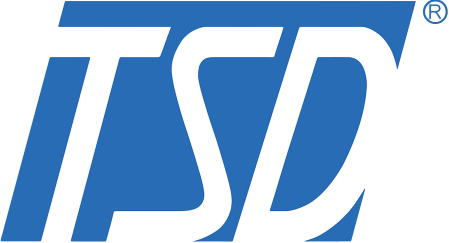The Evolution of Industrial Display Technology
The landscape of industrial automation and control systems has undergone a remarkable transformation with the emergence of smart LCD modules. These sophisticated display solutions represent a quantum leap from traditional display technologies, offering unprecedented levels of functionality, efficiency, and user interaction. As manufacturing facilities and industrial environments become increasingly digitized, the role of advanced display interfaces has become more crucial than ever.
Core Components and Architecture of Smart LCD Modules
Integrated Processing Units and Control Systems
At the heart of smart LCD modules lies powerful integrated processing units that handle complex display operations and data management. These processors enable real-time rendering, smooth graphics transitions, and sophisticated touch interactions. The control systems are designed to maintain optimal performance while ensuring compatibility with various industrial protocols and communication standards.
Advanced Display Technologies and Materials
Modern smart LCD modules incorporate cutting-edge display technologies that deliver exceptional visual clarity and durability. From high-resolution TFT panels to specialized optical bonding techniques, these displays are engineered to perform reliably in demanding industrial environments. The materials used in their construction are carefully selected to withstand extreme temperatures, vibrations, and exposure to harsh chemicals.
Connectivity and Interface Options
The versatility of smart LCD modules is enhanced by their comprehensive connectivity options. These displays support multiple interface protocols, including UART, SPI, and I2C, making them easily integrable into existing industrial systems. Advanced modules also feature wireless capabilities, enabling remote monitoring and control functionalities that are essential in modern industrial settings.
Implementation Benefits in Industrial Applications
Enhanced Operational Efficiency
Smart LCD modules significantly improve operational efficiency by providing clear, real-time visual feedback and intuitive user interfaces. Operators can quickly access critical system information, adjust parameters, and respond to alerts through responsive touch interfaces. This immediate access to crucial data helps minimize downtime and optimize production processes.
Improved Safety and Monitoring
The implementation of smart LCD modules in industrial environments contributes substantially to workplace safety. These displays can present critical safety information, emergency protocols, and real-time monitoring data in a clear, easily comprehensible format. The ability to display high-resolution graphics and animations makes it possible to visualize complex processes and potential hazards effectively.
Cost-Effective Maintenance and Updates
One of the most significant advantages of smart LCD modules is their ability to receive software updates and maintenance remotely. This feature drastically reduces the need for physical interventions and allows for rapid deployment of new features or security patches across multiple units. The modular nature of these displays also makes component replacement more straightforward and cost-effective.

Design Considerations and Best Practices
Environmental Adaptability Requirements
When implementing smart LCD modules in industrial settings, careful consideration must be given to environmental factors. These displays need to maintain optimal visibility under varying lighting conditions and operate reliably in environments with high levels of electromagnetic interference. Proper enclosure design and protective measures are essential for ensuring long-term performance.
User Interface Optimization
The success of smart LCD module implementation heavily depends on thoughtful user interface design. Interfaces must be intuitive enough for operators to use effectively while wearing protective equipment, and information should be presented in a hierarchy that prioritizes critical data. The touch sensitivity and response times must be carefully calibrated to work reliably in industrial conditions.
Future Trends and Innovations
Integration with Industrial IoT
The future of smart LCD modules is closely tied to the growth of Industrial IoT. These displays are increasingly being designed to serve as central hubs for IoT device networks, capable of collecting, processing, and visualizing data from multiple connected sensors and devices. This integration enables more comprehensive monitoring and control capabilities across industrial operations.
Advanced Interaction Technologies
Emerging technologies are set to enhance the capabilities of smart LCD modules further. Developments in gesture recognition, voice control, and augmented reality integration are opening new possibilities for human-machine interaction in industrial environments. These advances will make industrial displays more intuitive and efficient to use while reducing the learning curve for operators.
Frequently Asked Questions
What makes smart LCD modules different from traditional industrial displays?
Smart LCD modules incorporate advanced processing capabilities, touch interaction, and network connectivity features that traditional displays lack. They offer enhanced functionality, better user interfaces, and the ability to integrate with modern industrial control systems.
How do smart LCD modules handle harsh industrial environments?
These modules are specifically designed with robust materials and protective features to withstand extreme temperatures, vibrations, dust, and chemical exposure. They often include specialized coatings and sealed enclosures to ensure reliable operation in challenging conditions.
What are the maintenance requirements for smart LCD modules?
Smart LCD modules generally require minimal physical maintenance due to their robust design and remote update capabilities. Regular software updates, occasional calibration checks, and periodic cleaning of the display surface are typically sufficient to maintain optimal performance.




